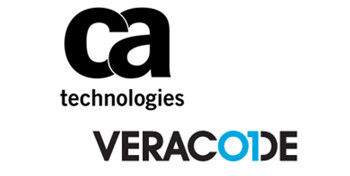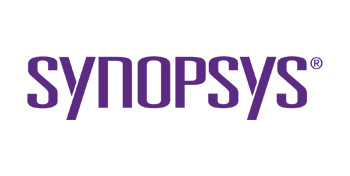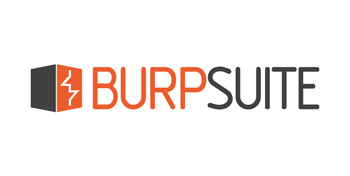DevSecOps activities are performed to incorporate security controls into DevOps processes. It aims to solve security problems in the “fast” product/application delivery processes that come with DevOps. It contributes to a significant reduction in total cost, thanks to the detection of security vulnerabilities with SAST and DAST at a very early stage.
DevSecOps
Why DevSecOps Services?
If the agility and flexibility provided by the DevOps approach is preferred to be fully utilized, security must be integrated into the applications and the entire product life cycle. With the DevSecOps software development approach, it is ensured that security is not delayed until the late stages and integrated into the delivery pipeline.
Due to the old security approaches, the phase of a successful DevOps process going live can be delayed for days or perhaps weeks. In order to prevent this situation, a comprehensive DevSecOps study along with automation and integration processes should be designed.
SAST & DAST
Static Application Security Testing (SAST) and Dynamic Application Security Testing (DAST) tools provide a complementary security approach with static tests, before or during compiling the code as well as dynamic tests after the code is compiled.
Early Detection
With the SAST and DAST tools to be integrated into the Continuous Delivery processes, it is possible to fix the weaknesses at an early stage and at low cost.
Security Automation
DevSecOps approach automates tests, reducing potential security risks. It also provides benefits in terms of consistency and predictability.
Isolation
Teams can create closed circuit automation processes for testing and reporting. In turn, it is possible to solve security problems immediately, without reflecting outside.
DevSecOps Pipeline
Supported DevSecOps Tools










